Myths about teaching can hold you back
- Year 2
Locating our place with an address and directions
You can describe where a place is and how to get there using address, maps and geographical vocabulary.
- Year 2
Locating our place with an address and directions
You can describe where a place is and how to get there using address, maps and geographical vocabulary.
These resources were made for remote use during the pandemic, not classroom teaching.
Switch to our new teaching resources now - designed by teachers and leading subject experts, and tested in classrooms.
Lesson details
Key learning points
- Places can be located using their address and postcode.
- Maps and keys help us locate places, give directions and plan journeys.
- Changing the scale on a map by zooming in or out shows us different views of a place.
- Public transport such as buses, trains and planes, are shared means of travel.
Keywords
Address - An address is the name of a place with a postcode and other information such as street and town names to help you locate where it is.
Public transport - Public transport is the shared use of vehicles such as trains, buses, trams and planes on routes where people pay fares.
Map key - A map key is a box of information on a map that tells you what the lines and symbols on the map mean.
Post code - A post code is a group of letters and numbers that identify the location of different addresses.
Common misconception
Large scale maps show a large area and small scale maps show a small area.
Large scale maps show a small area. Small scale maps show a large area.
To help you plan your year 2 geography lesson on: Locating our place with an address and directions, download all teaching resources for free and adapt to suit your pupils' needs...
To help you plan your year 2 geography lesson on: Locating our place with an address and directions, download all teaching resources for free and adapt to suit your pupils' needs.
The starter quiz will activate and check your pupils' prior knowledge, with versions available both with and without answers in PDF format.
We use learning cycles to break down learning into key concepts or ideas linked to the learning outcome. Each learning cycle features explanations with checks for understanding and practice tasks with feedback. All of this is found in our slide decks, ready for you to download and edit. The practice tasks are also available as printable worksheets and some lessons have additional materials with extra material you might need for teaching the lesson.
The assessment exit quiz will test your pupils' understanding of the key learning points.
Our video is a tool for planning, showing how other teachers might teach the lesson, offering helpful tips, modelled explanations and inspiration for your own delivery in the classroom. Plus, you can set it as homework or revision for pupils and keep their learning on track by sharing an online pupil version of this lesson.
Explore more key stage 1 geography lessons from the Local area: why is (our place) special? unit, dive into the full primary geography curriculum, or learn more about lesson planning.

Licence
Prior knowledge starter quiz
6 Questions
Q1.Which of these features might you find in a town or city? Choose two answers.
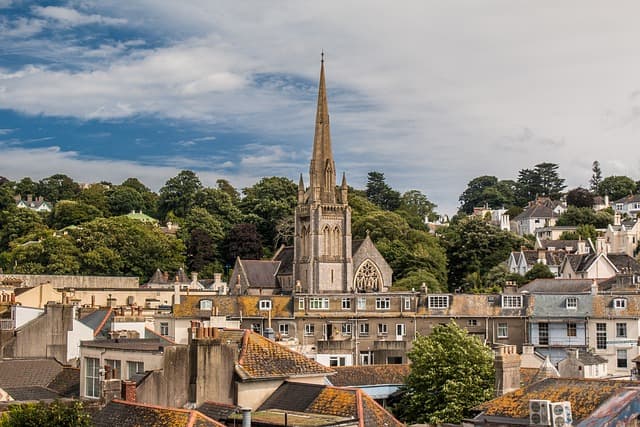
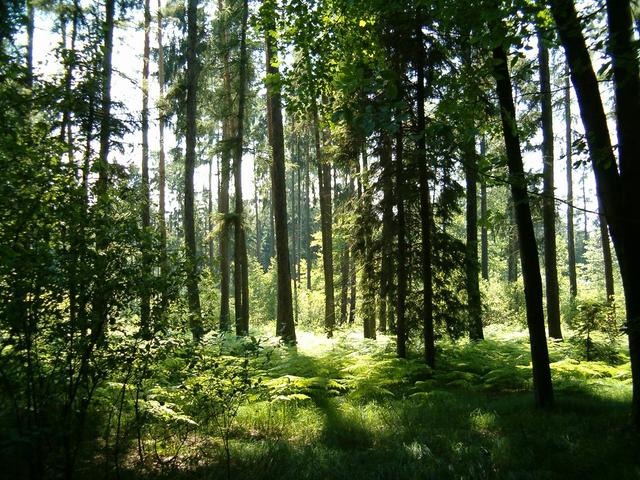
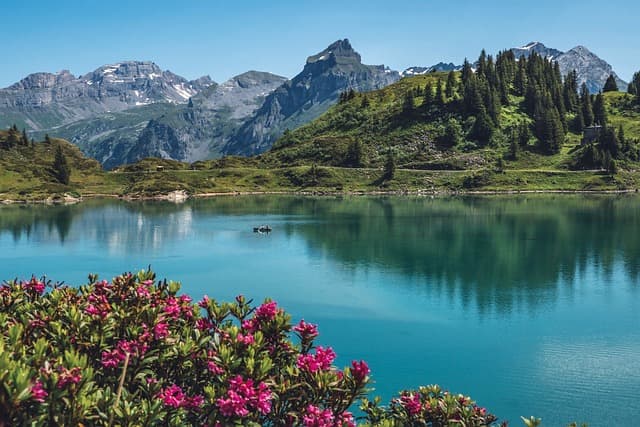
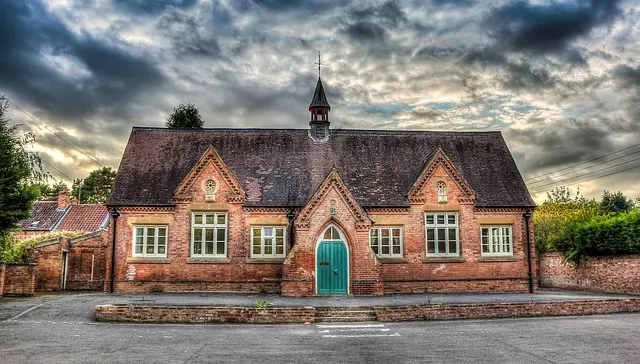
Q2.Match the place with the description.
The place where you go to send letters and parcels.
There are fields here where crops grow and animals graze.
A town with a harbour where ships load and unload goods.
A building that is a place of prayer for Muslims.
Q3.What feature can be seen in the picture?
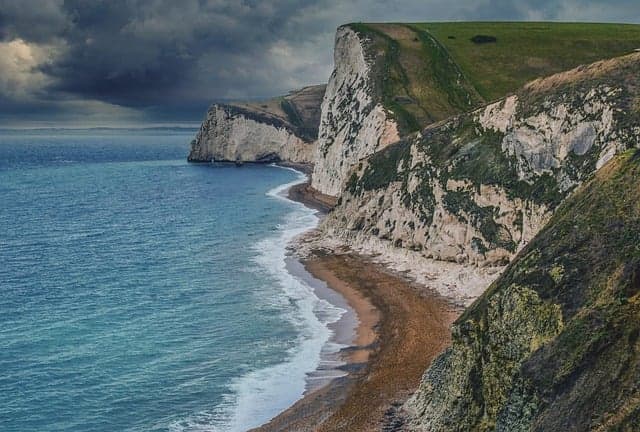
Q4.What should you do before leaving your house on a rainy day?
Q5.Match the places to descriptions.
A narrow body of water that flows over the land in a channel
The place where the sea meets the land
A small area of still, fresh water that does not flow
A large expanse of salt water
Q6.What feature can be seen in the picture?
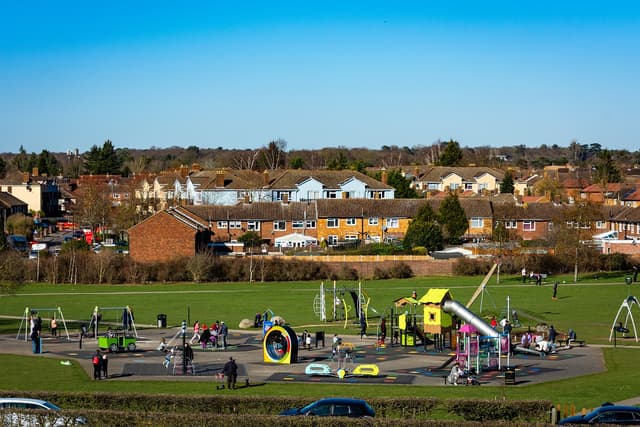
Assessment exit quiz
6 Questions
Q1.What does 'human feature' mean? Choose one answer.
Q2.What does an address usually have? Choose three answers.
Q3.Is this a picture of a human feature or a natural feature?



